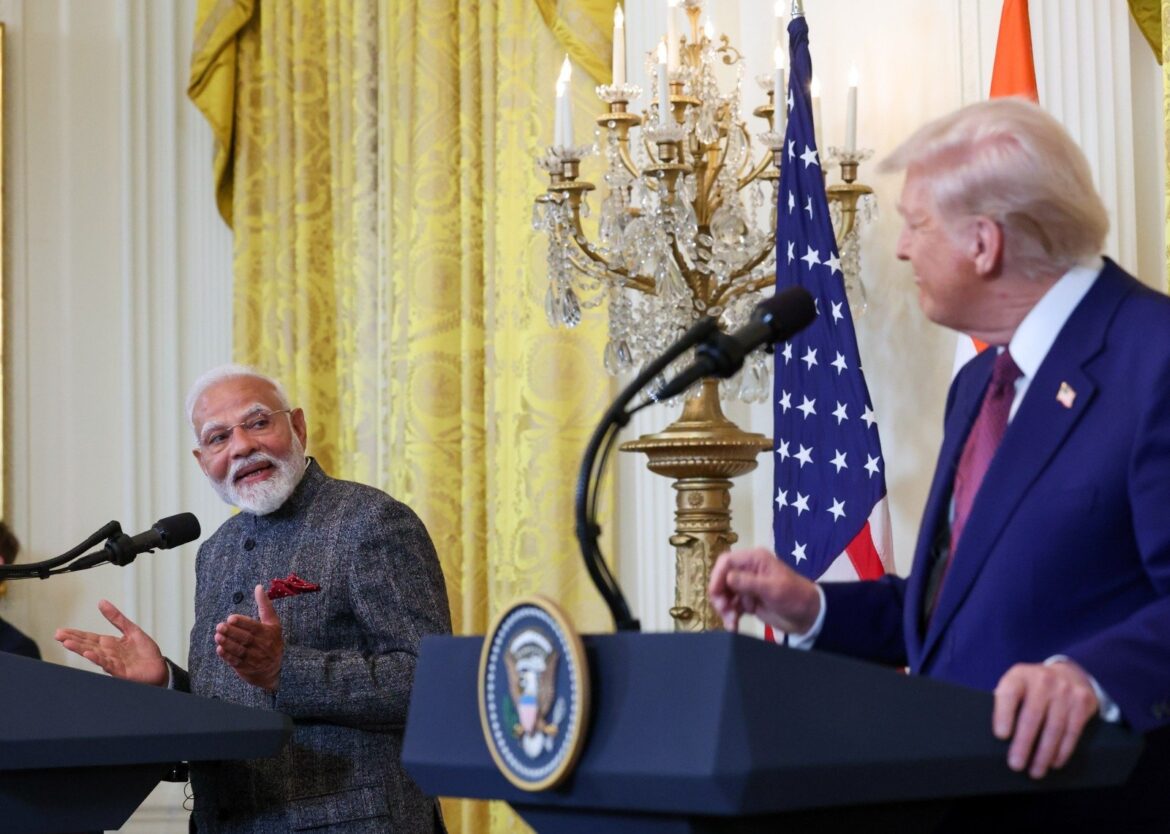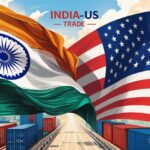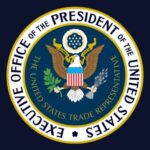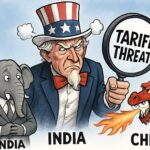India and the United States reopened trade discussions in New Delhi on September 16, 2025, but hopes of a breakthrough remain dim as tariff disputes and strategic fault lines weigh heavily on negotiations.
The U.S. delegation, led by Assistant Trade Representative for South and Central Asia, Brendan Lynch, held talks with Indian officials headed by Commerce Ministry Special Secretary Rajesh Agrawal. The two sides described the exchanges as “positive and forward-looking” and pledged to intensify efforts toward concluding a bilateral trade agreement.
Behind the diplomatic language, however, lies a harder reality: Washington’s tariff escalation has left New Delhi with limited room to maneuver. On August 27, President Donald Trump slapped an additional 25 percent duty on Indian goods linked to India’s continued purchases of Russian oil, doubling overall tariffs to 50 percent. That move came on top of reciprocal duties imposed earlier in August and has since become the biggest obstacle to trade talks.
Tariffs Bite into Indian Exports
India’s exporters in textiles, gems and jewelry, and leather are directly exposed to the new duties, eroding competitiveness in the U.S. market just as rivals Vietnam and Bangladesh consolidate gains. Official trade data for August showed exports at $35.1 billion against imports of $61.59 billion, leaving a deficit of $26.5 billion. While officials insist the gap is narrowing, analysts warn the figures conceal deeper vulnerabilities.
“The tariffs are designed not just to hurt trade but to squeeze India politically,” said Ajay Srivastava of the Global Trade Research Initiative (GTRI). “No real progress is possible until Washington rolls back the oil-linked penalty.”
Trump’s administration has made matters more complex by filing a Supreme Court petition on September 4 to reinstate tariffs overturned by lower courts, explicitly citing India’s Russian oil imports. Removing India from the filing, experts say, would weaken Washington’s legal case — making a rollback unlikely unless New Delhi cuts ties with Moscow’s crude supplies.
Agriculture and Dairy: India’s Red Lines
While Washington is pressing for wider access to India’s farm and dairy markets, New Delhi insists these are livelihood issues affecting nearly 700 million people. No government, officials stress, can risk exposing farmers to heavily subsidized U.S. agribusiness imports.
The U.S. side, meanwhile, is expected to push India to dilute patent rules, allow freer cross-border data flows, open e-commerce platforms, and expand procurement access for American firms. Indian negotiators are willing to reduce tariffs on over 95 percent of U.S. industrial exports but will resist concessions in politically sensitive sectors.
“This deadlock is not new,” a senior trade official said, pointing to India’s 2019 decision to walk away from the Regional Comprehensive Economic Partnership (RCEP) over similar farm market concerns.
Political Optics vs. Economic Realities
Despite public bonhomie between Prime Minister Narendra Modi and President Trump, the political optics mask a widening gulf. Trump continues to describe India as a strategic partner yet simultaneously singles it out in tariff disputes while sparing China and Europe despite their larger Russian oil purchases.
Analysts warn that India risks overestimating U.S. willingness to compromise. “The longer New Delhi holds out, the greater the risk that its export sectors lose market share permanently,” said an economist at a Delhi-based think tank.
Next Steps: Legal and Diplomatic Options
Some experts urge India to consider filing an amicus curiae brief in the U.S. Supreme Court, aligning with American companies that oppose Trump’s tariffs. Such a move could formally put India’s objections on record without derailing negotiations.
Commerce Secretary Sunil Barthwal has pointed to upcoming talks with the European Union as evidence of India’s diversification strategy. But trade negotiations with Brussels have dragged on for years, also snagged on agriculture and data rules — underscoring the structural challenges India faces.
A Narrowing Window
For now, Lynch’s Delhi visit is being carefully downplayed by both sides, described as “consultations” rather than formal negotiations. But with tariffs already doubled and political rhetoric hardening, the scope for compromise is shrinking.
“India cannot shield farmers, keep Russian oil flowing, and resist U.S. digital demands while still expecting tariff-free access to America,” Srivastava said. “Unless one side blinks, talks will remain stuck.”






